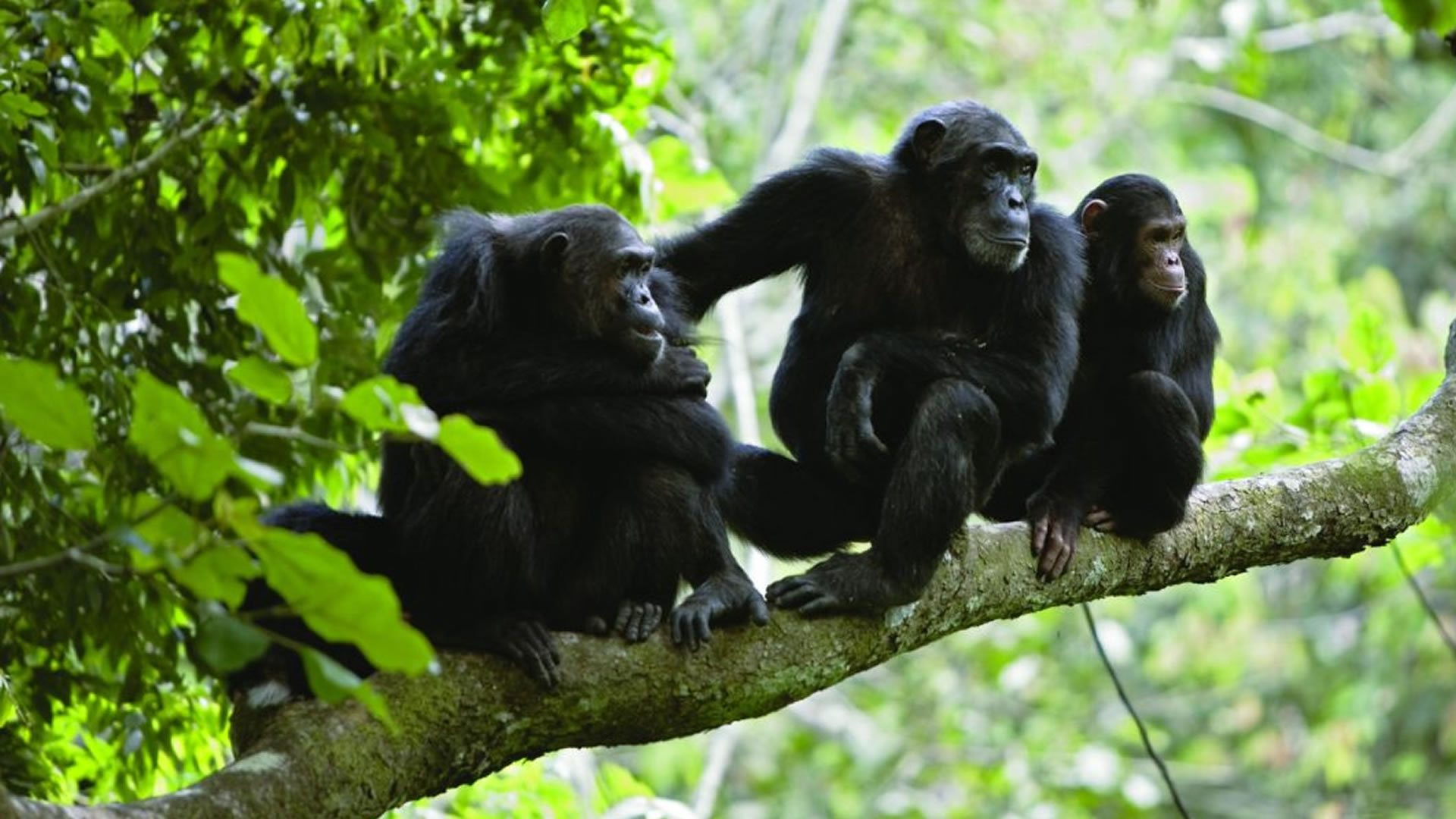Fitness
Chimps use medicinal plants to treat illnesses, may help find new drugs

A new study finds that chimpanzees’ self-medication has helped scientists identify some promising plants for future pharmaceuticals. In the study, Oxford researchers have identified no less than 13 plants with potent wound-healing and infection-fighting properties.
The researchers made this astounding discovery thanks to the help of wild chimpanzees. By observing them in the wild, the team found that chimps tend to eat bark, dead wood, and leaves that are not part of their diet when sick or injured.
Researchers said that observing chimpanzees seeking help from nature when they are unwell could accelerate the discovery of new drugs for chronic diseases and infections.
“We can’t test everything in these forests for their medicinal properties, lead researcher Dr. Elodie Freymann from the University of Oxford said. “So why not test the plants that we have this information about – plants the chimps are seeking out?” she added.
Chimps appear to have their own medicine
“Our study highlights the medicinal knowledge that can be gained from observing other species in the wild and underscores the urgent need to preserve these forest pharmacies for future generations,” Dr. explained.
To this end, Dr. Freymann and her team spent months at a time, over four years, following and carefully observing two communities of wild chimpanzees in Budongo Central Forest Reserve.
For the study published in the journal PLOS One, the researchers acted as “detectives”, observing 51 chimpanzees at the Budongo Central Forest Reserve in Uganda for several months.
The goal was to collect “behavioral clues” to determine whether the primates were deliberately self-medicating. She and her colleagues not only looked for signs of pain, such as limping or unusual body position but also collected samples of droppings and urine to check for illness and infection.
After analyzing video recordings, the team discovered a wounded male chimpanzee consuming the leaves of a fern called Christella parasitica. During laboratory tests, this fern was found to possess anti-inflammatory properties.
“He wasn’t using the hand to walk, he was limping,” she recalled. While the rest of this animal’s group was sitting around eating, the injured chimp limped away, looking for ferns. “He was the only chimp to seek out and eat these ferns,” she said.
The researchers gathered and analyzed a fern plant known as Christella parasitica, which was found to possess powerful anti-inflammatory properties.
The scientists also observed another chimpanzee with a parasite infection eating the bark of the cat-thorn tree (Scutia myrtina), a behavior that had never been seen before in this group.
An interesting way to find new drugs
Lab tests also revealed that other plant extracts, such as dead wood from a tropical forest tree called Alstonia boonei, and bark and resin from the East African mahogany tree (Khaya anthotheca), have strong wound-healing and infection-fighting properties.
A majority of the plant samples (88%) analyzed in the lab exhibited antibiotic properties, while 33% showed anti-inflammatory benefits, according to the researchers.
“To study wild chimpanzee self-medication you have to act like a detective, gathering multidisciplinary evidence to piece together a case,” Dr Freymann added.
“After spending months in the field collecting behavioral clues that led us to specific plant species, it was thrilling to analyze the pharmacological results and discover that many of these plants exhibited high levels of bioactivity,” she said.
You can view the study for yourself in the journal PLOS One.
ABOUT THE EDITOR
Christopher McFadden Christopher graduated from Cardiff University in 2004 with a Masters Degree in Geology. Since then, he has worked exclusively within the Built Environment, Occupational Health and Safety and Environmental Consultancy industries. He is a qualified and accredited Energy Consultant, Green Deal Assessor and Practitioner member of IEMA. Chris’s main interests range from Science and Engineering, Military and Ancient History to Politics and Philosophy.










